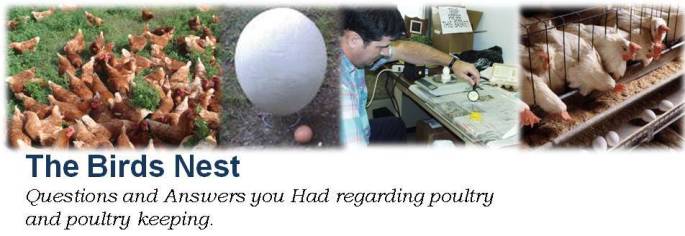Pay now or pay later
One of the key cultural methods of controlling flies on
the farm is the use of ventilation to help dry manure and bedding. Manure that is in the 55-65% moisture range
can become a harborage for several species of flies seen on the farm. These in turn then may prove an issue with your
animals. Spots around drinkers / troughs
and alleyways need to be kept as dry as possible and fans positioned to help
dry manure in these key spots may be in order.
The amount of money spent on electricity is usually lower than what we
see spent on insecticides. So, by
managing the water on a farm you can help control flies on the farm.




